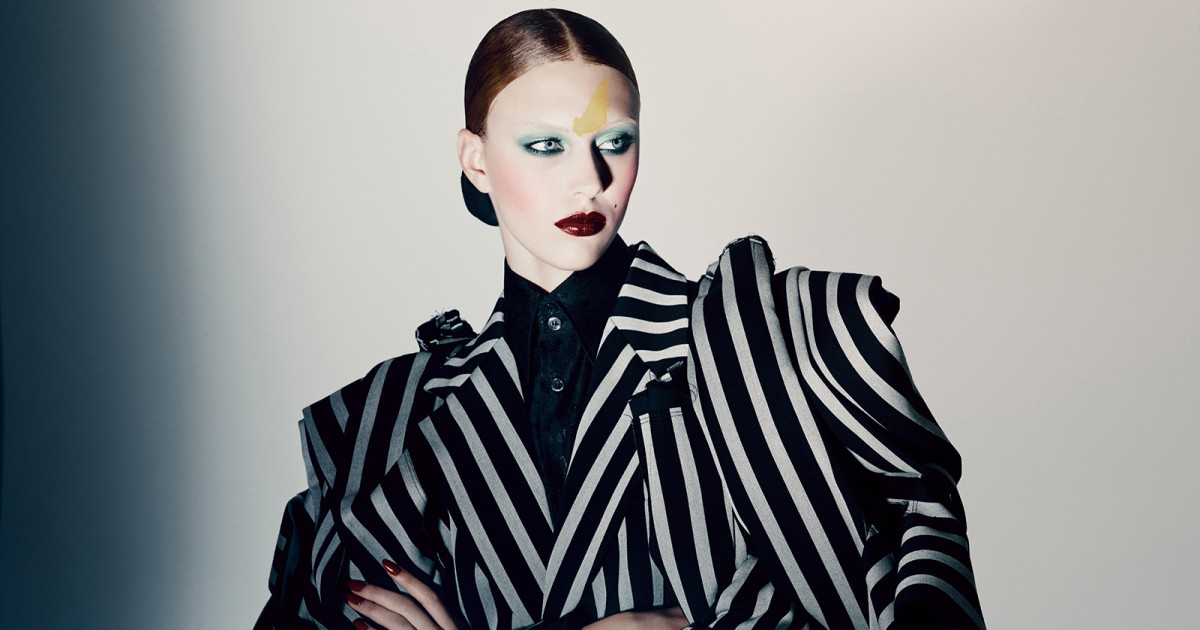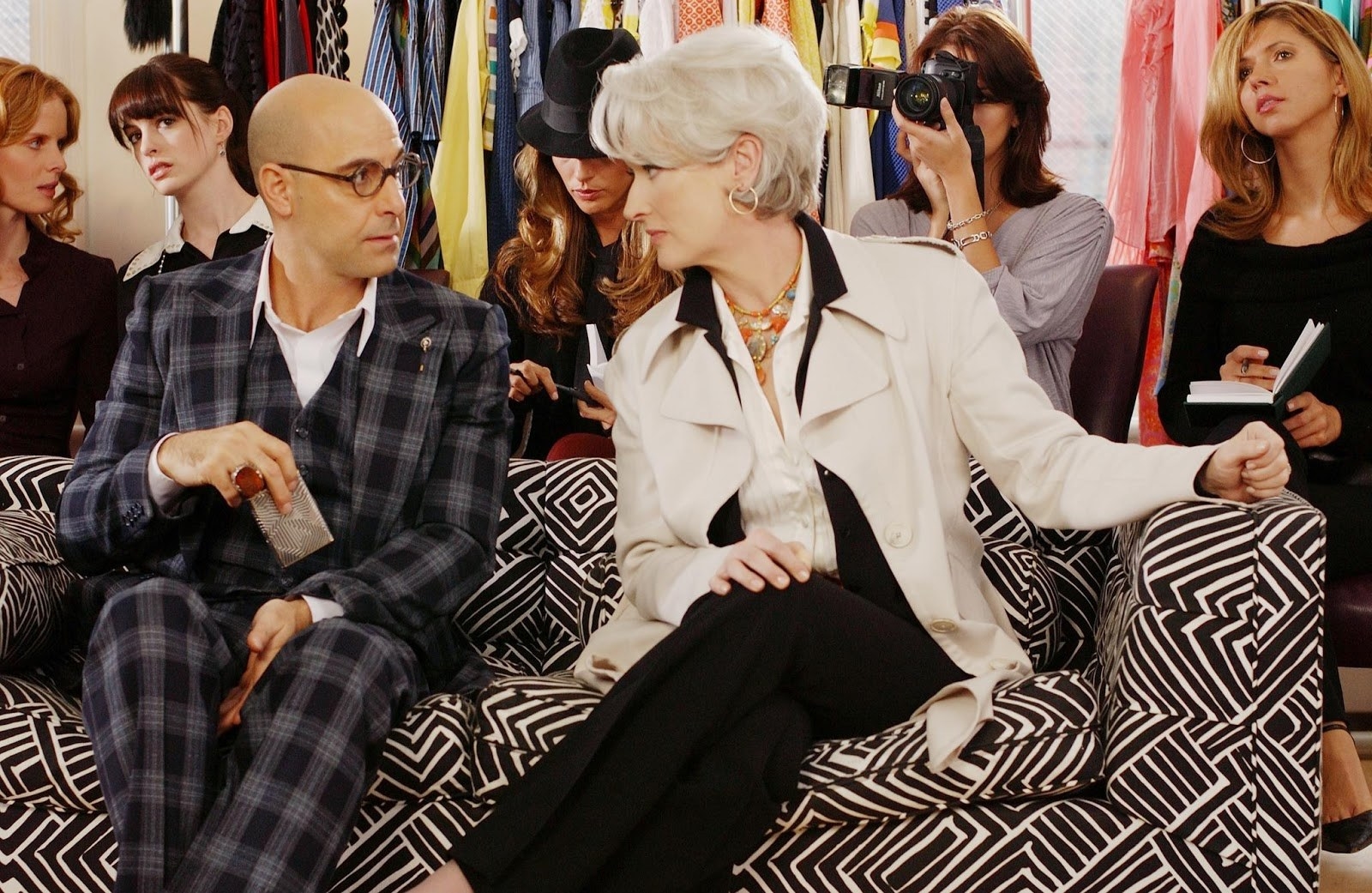Before Phoebe Philo’s arrival, Celine was recognized largely for its understated French elegance and quality leather goods but lacked a distinctive identity in the crowded luxury market. When Philo took the creative helm in 2008, she envisioned not just a change in collections but a resurrection of the brand’s very ethos. Drawing from her previous experience at Chloé and her sharp understanding of contemporary women’s needs, Philo propelled Celine into a powerhouse of minimalism, sophistication, and modern luxury.
Characterizing a Period: The Minimalism Phenomenon
Phoebe Philo’s Celine era became synonymous with stripped-back sophistication. Rejecting the overtly ornamental aesthetics popular at the time, she distilled her collections to focus on purity of line, innovative tailoring, and quality fabrics. One prominent example is the Spring/Summer 2010 collection, which featured sharp, sculpted silhouettes, crisp white shirts, and transformative tailoring that redefined office wear for women.
Her ideology connected with an expanding group of women—experts, artists, and trendsetters—who sought out both practicality and style. By advocating for a minimalist approach, Philo introduced a fresh language for luxury, steering clear of flashy logos and excessive embellishments in favor of refinement and depth. This path not only set Celine apart within the LVMH brand collection but also influenced the direction of rival luxury fashion brands.
Iconic Products and New Essentials
The product strategy under Philo’s leadership was as influential as her runway approach. She introduced handbags that quickly became status symbols, such as the Luggage Tote, Trapeze, and the Trio crossbody. These designs embodied Philo’s appreciation for practicality while maintaining a sculptural and almost architectural presence. The Luggage Tote, characterized by its “face-like” design and sturdy form, was frequently spotted on celebrities, influencers, and everyday women. Sales figures reflected the popularity: within just a year, Celine’s leather goods sales soared, and waiting lists for key items became the norm.
Footwear underwent a contemporary update, featuring sock boots and skate shoes that predicted fashion trends well before they became widely popular. The reimagining of traditional wardrobe essentials—such as large coats, sharp shirts, and loose-fitting trousers—established the style for a whole decade of high-end fashion.
Influencing Fashion Trends
Philo’s tenure was marked by creating an emotional connection between women and their wardrobes. Her collections frequently featured real-world references and were designed to be lived in, rather than simply admired. The now-famous advertising campaigns, shot by Juergen Teller, eschewed overly-staged or idealized images in favor of raw, candid realism. This visual signature aligned with the authenticity that defined modern luxury during those years.
Her influence extended beyond clothing and accessories to become a philosophy of how women view themselves: empowered, intelligent, and uninterested in passing trends. The phrase “Philo woman” entered fashion lexicon, evoking an image of subtle confidence, independence, and creative discernment.
Company Outcomes and Sector Reaction
The commercial impact of Philo’s creative leadership was profound. Celine’s revenues reportedly grew threefold, and boutiques globally experienced increased foot traffic from a new demographic attracted by Philo’s vision. Industry observers noted that during her tenure, Celine’s profile among luxury consumers rose dramatically, placing it alongside legacy names such as Chanel and Hermès in terms of desirability.
Competitors began to echo Philo’s minimalist aesthetic—a testament to the movement she sparked. Designers like Daniel Lee at Bottega Veneta and Demna Gvasalia at Balenciaga began to incorporate aspects of her ethos, proving her enduring legacy. The influence also permeated fast fashion, as streamlined silhouettes and neutral palettes became ubiquitous across retail sectors.
Enduring Impact and Aftereffects Following Exit
Cuando Phoebe Philo dejó Celine en 2017, se percibió una evidente inquietud tanto en la industria de la moda como entre los consumidores. Su partida fue vista no solo como un cambio de dirección creativa, sino como el cierre de una era que había marcado la moda femenina contemporánea. Lo que siguió fueron síntomas de “ausencia de Philo”: comunidades en línea como “Old Céline” surgieron, celebrando sus colecciones e incrementando incluso los precios de reventa de las piezas de la época de Philo.
The demand for her comeback has seldom waned, resulting in significant eagerness for her future artistic endeavors. Many former members of her team during her time at Celine have continued to make an impact throughout the industry, infusing elements of her work style, minimalist philosophy, and dedication to authenticity into other companies.
Phoebe Philo’s era at Celine went beyond enhancing a high-end brand; it sparked a generational change in women’s fashion perceptions and self-view. Her focus on importance, excellence, and practicality reshaped fashion’s goals, urging both buyers and industry figures to prioritize depth as much as aesthetics. Currently, the discourse about “quiet luxury” and thoughtful minimalism endures—a proof of the framework she crafted while at Celine. Through her contributions, Celine not only made its presence known but, under Philo’s guidance, set a new benchmark for contemporary attire.




